
Flags
Gillian Pistell writes on the loaded symbol of the American flag in the work of postwar and contemporary artists.
I was born to watch paint dry.
—Ed Ruscha
Gagosian is pleased to present ten new paintings and a new hologram by Ed Ruscha. Tom Sawyer Paintings, the artist’s first ever solo exhibition of paintings at the gallery in Paris, will open alongside a presentation of new work by James Turrell in the gallery’s upstairs space, as well as exhibitions at Gagosian’s other Paris locations of new paintings by Jenny Saville (rue de Castiglione), and a sculpture by Richard Serra (Le Bourget). Concurrently, Gagosian will participate in the inaugural edition of Paris+ par Art Basel at the Grand Palais Éphémère from October 20 to 23.
In his new paintings, Ruscha takes inspiration from Mark Twain’s American classic The Adventures of Tom Sawyer (1876). Eschewing the gnomic texts for which he is best known, Ruscha here focuses instead on naturalistic images of simple wooden slats. These familiar surfaces, with their distinctive grain, allude to an incident in Twain’s novel in which Sawyer, depressed by the thought of having to spend a Saturday whitewashing a fence, cons his friends into completing the chore for him.
Wood appears throughout Ruscha’s oeuvre as image, subject, support, and container, as well as in miscellaneous projects such as the Artforum “Surrealism” cover of 1966, which shows letters carved from balsa wood. “When I do a plank of wood,” Ruscha comments on the paintings Plank (1979) and Plank in Decline (2007), “I’m painting a horizontal landscape, or I might be painting a picture of wood that I see when I go to the desert. The idea of deterioration and age and all that.” Art historian Briony Fer has suggested that the planks in these works also function as “a kind of blank, an obdurate piece of matter that obscures the view. It is a gap in the picture and a block on its fictional transparency.”

Gillian Pistell writes on the loaded symbol of the American flag in the work of postwar and contemporary artists.
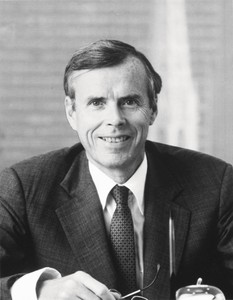
Jacoba Urist profiles the legendary collector.
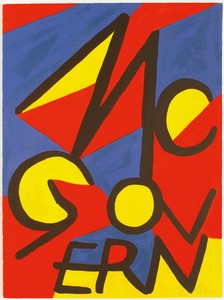
Against the backdrop of the 2020 US presidential election, historian Hal Wert takes us through the artistic and political evolution of American campaign posters, from their origin in 1844 to the present. In an interview with Quarterly editor Gillian Jakab, Wert highlights an array of landmark posters and the artists who made them.

Lisa Turvey examines the range of effects conveyed by the blurred phrases in recent drawings by the artist, detailing the ways these words in motion evoke the experience of the current moment.
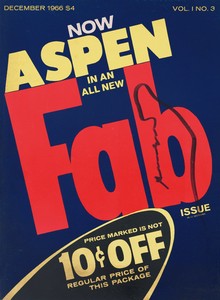
Gwen Allen recounts her discovery of cutting-edge artists’ magazines from the 1960s and 1970s and explores the roots and implications of these singular publications.
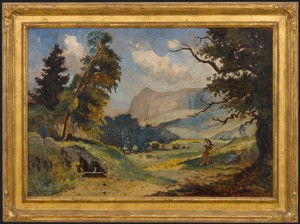
Ed Ruscha tells Viet-Nu Nguyen and Leta Grzan how he first encountered Louis Michel Eilshemius’s paintings, which of the artist’s aesthetic innovations captured his imagination, and how his own work relates to and differs from that of this “Neglected Marvel.”
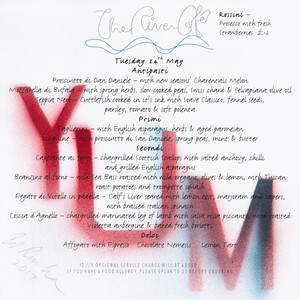
London’s River Café, a culinary mecca perched on a bend in the River Thames, celebrated its thirtieth anniversary in 2018. To celebrate this milestone and the publication of her cookbook River Café London, cofounder Ruth Rogers sat down with Derek Blasberg to discuss the famed restaurant’s allure.
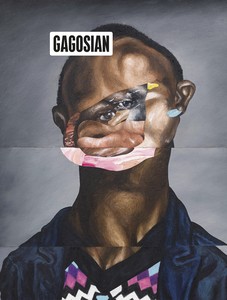
The Fall 2019 issue of Gagosian Quarterly is now available, featuring a detail from Sinking (2019) by Nathaniel Mary Quinn on its cover.
In conjunction with his exhibition VERY at Louisiana Museum of Modern Art in Humlebæk, Denmark, Ed Ruscha sat down with Kasper Bech Dyg to discuss his work.
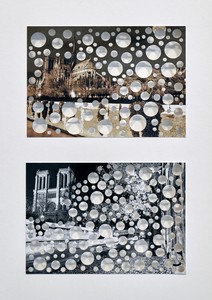
An exhibition at Gagosian, Paris, is raising funds to aid in the reconstruction of the Cathédrale Notre-Dame de Paris following the devastating fire of April 2019. Gagosian directors Serena Cattaneo Adorno and Jean-Olivier Després spoke to Jennifer Knox White about the generous response of artists and others, and what the restoration of this iconic structure means across the world.
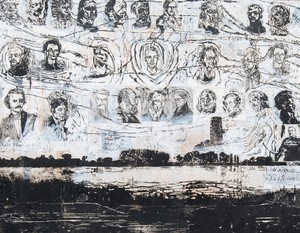
An exhibition at the Broad in Los Angeles prompts James Lawrence to examine how artists give shape and meaning to the passage of time, and how the passage of time shapes our evolving accounts of art.
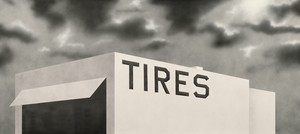
Ed Ruscha sat down with Tom McCarthy and Elizabeth Kornhauser, curator at the Metropolitan Museum of Art, to discuss the nineteenth-century artist Thomas Cole, whose Course of Empire paintings inspired a series of works by Ruscha more than a century later.
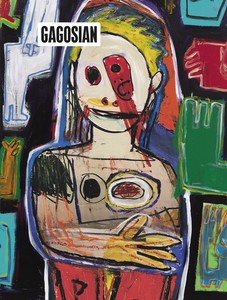
The Winter 2018 issue of Gagosian Quarterly is now available. Our cover this issue comes from High Times, a new body of work by Richard Prince.
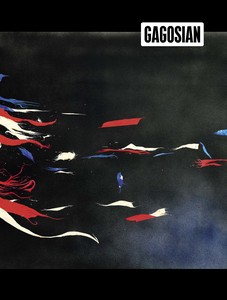
The Spring 2018 Gagosian Quarterly with a cover by Ed Ruscha is now available for order.
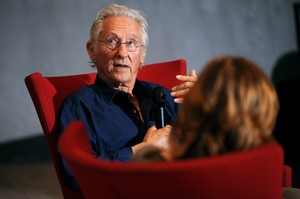
Ed Ruscha sat down with JoAnne Northrup of the Nevada Museum of Art to discuss the exhibition Unsettled, which the two co-curated.
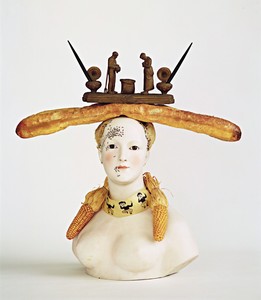
Mary Ann Caws and Charles Stuckey discuss the presence of food and the dining table in the history of modern art.

Diana Widmaier Picasso, curator of the exhibition Desire, reflects on the history of eroticism in art.
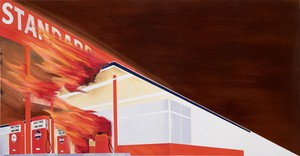
Ed Ruscha’s Burning Gas Station (1965–66) was a game changer. Text by Larry Gagosian.
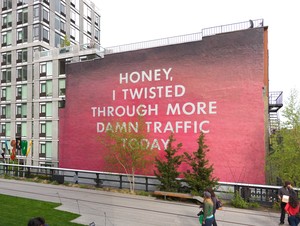
The High Line Art Program’s Cecilia Alemani discusses Ed Ruscha’s mural.